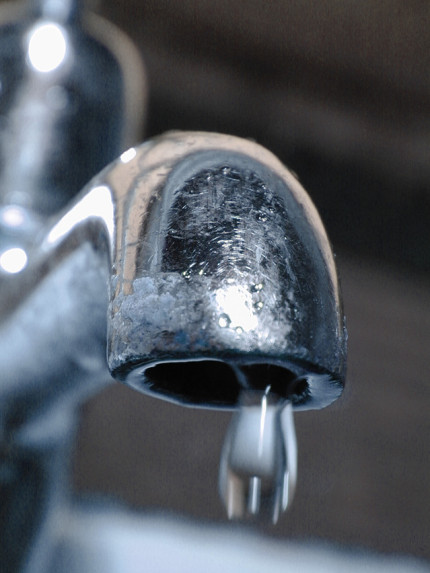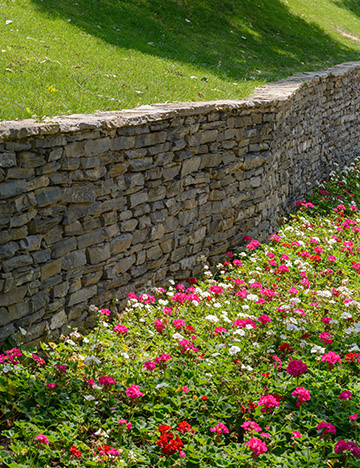 Hot summer weather brings with it a unique set of potential problems for your home’s foundation, that can end up costing thousands to repair.
Hot summer weather brings with it a unique set of potential problems for your home’s foundation, that can end up costing thousands to repair.Here are a few ways you can protect your foundation when the mercury rises.
- “Regularly inspect the outside of your home. Check for signs of foundation damage such as cracks and sticking doors, but also check and make sure any brick, vinyl, siding, or wood on the exterior is at least six inches above the bottom of the foundation. Dirt and leaves can make this clearance insufficient and allow moisture into your foundation.
- “Make sure water doesn’t pool anywhere near your foundation. Check after a summer storm or after watering the foundation (see # 5). If you do find water pooling in an area, remove it and fill the spot in with dirt to keep it from happening again.
- “Clean and inspect the gutters regularly. Debris and faulty gutters can cause water to collect where it can cause water damage. When you clear the gutters, dispose of the debris properly. If you leave it on the ground it can cause pooling.
- “Maintain foliage around the home. Cut back vines and foliage on your home. An overgrowth can prevent proper airflow and lead to water damage.
- “And lastly, if you have clay soil on your property, extreme heat can cause the soil to dry out, shifting the foundation and leading to foundation damage. You can prevent this by lightly watering the soil around your foundation regularly and maintaining the moisture level.
Julian Construction owns its own company and is built on a “no middlemen” model – no salesmen, no subcontractors. When you work with Julian Construction you get the principals of the company and workers of Julian Construction under your home. The result is the highest quality work at affordable prices. They can be contacted by phone at 323 733-3377, by fax at 323 733-4477 or via their website, http://www.julianconstruction.com. You can see tips and advice about home foundations on their blog, at http://julianconstruction.com/blog/
 Julian Construction (
Julian Construction ( Retaining walls have many uses. Throughout history, they have been built to create agricultural terraces on slopes of land. They have also been used to reduce the flow of rainwater.
Retaining walls have many uses. Throughout history, they have been built to create agricultural terraces on slopes of land. They have also been used to reduce the flow of rainwater.